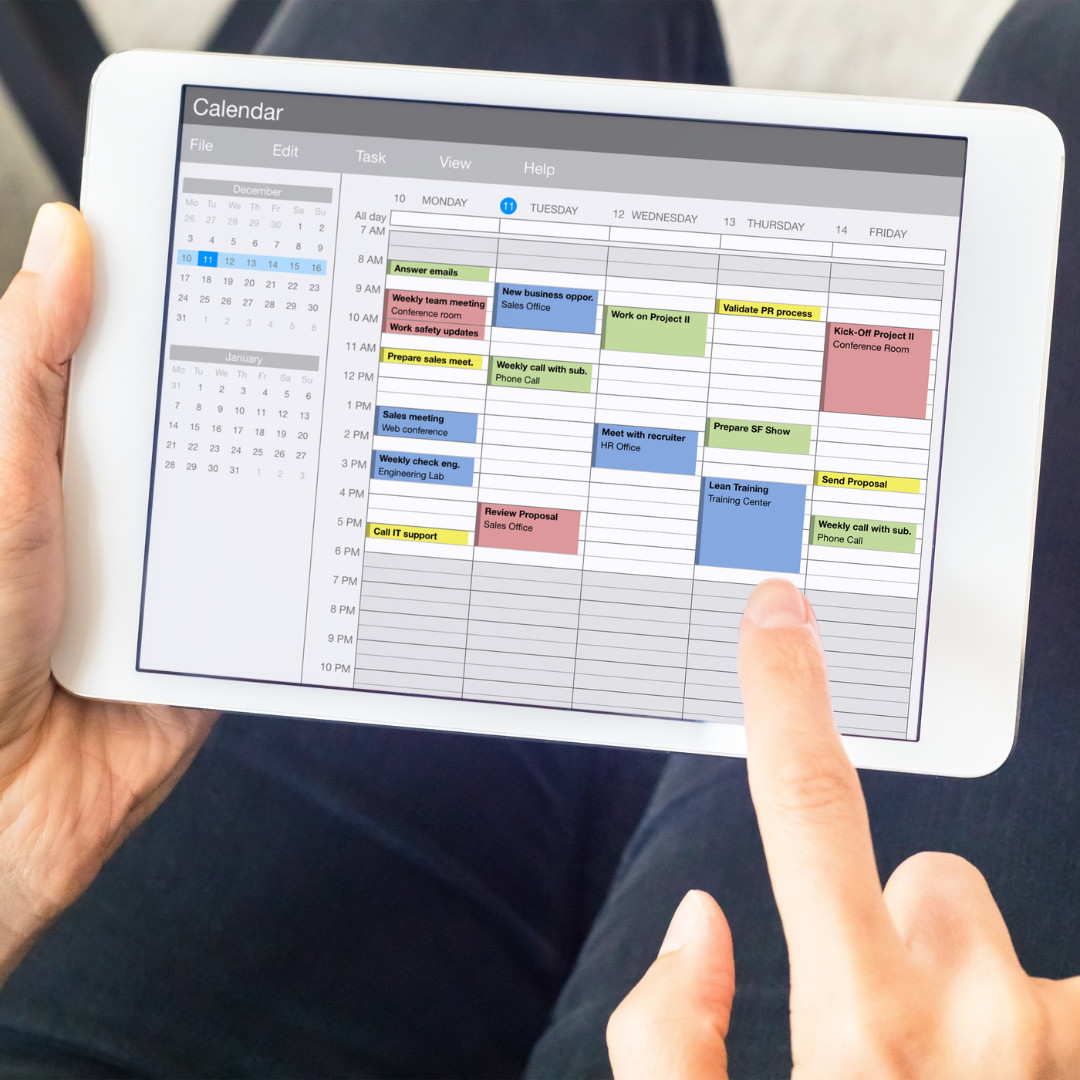
We've all had those days when we blink and suddenly it's 5 PM, we're still in our morning coffee-stained shirt, and we're not entirely sure where the time went. (No judgment here – we've all been there!) But before you resign yourself to eternally chasing the clock, let's talk about some practical ways to become friends with time management. And no, it doesn't involve getting up at 4 AM or downloading 17 different productivity apps.
1. The "Time Audit" (AKA Finding Out Where Your Time Is Actually Going)
Remember that friend who couldn't figure out why they were always broke until they tracked their spending and realized they were dropping $300 a month on fancy coffee? Time works the same way. Time to play detective with your day!
Here's how to do it without losing your mind:
- For just three days (yes, only three – we're keeping it realistic here), jot down what you're doing every hour
- Include everything – even that 30-minute TikTok "break" that turned into two hours
- Look for patterns – are you spending two hours every morning just responding to emails?
- Identify your time leaks (we all have them, like that daily "quick chat" with chatty Carol )Sorry Carol) that's never actually quick)
Pro Tip: Don't judge yourself during this process. We're gathering intel, not hosting a guilt party.
2. The "Power Hour" Method (Because Multitasking is So Yesterday)
Contrary to popular belief, doing five things at once doesn't make you more productive – it just makes you more stressed and more likely to make mistakes. Enter the Power Hour:
How it works:
- Pick ONE task to focus on
- Set a timer for 45-60 minutes
- Turn off notifications (yes, all of them – the world will survive without you for an hour)
- Work on that task like it's the only thing that exists
- Take a proper break afterward (scrolling through social media while answering emails doesn't count)
Why it works:
- Your brain isn't playing mental ping-pong between tasks
- You'll actually finish things instead of having 17 half-completed projects
- The time limit creates a sense of urgency without panic
- Regular breaks keep your brain fresh
3. The "Priority Matrix" (Not as Complicated as It Sounds)
Remember the last time you felt super busy but somehow accomplished nothing important? Yeah, let's fix that. The Priority Matrix is your new best friend:
Create four categories:
1. Urgent & Important (Do it now)
- Deadline-driven projects
- Crisis issues
- Last-minute client demands
2. Important but Not Urgent (Schedule it)
- Long-term planning
- Relationship building
- Personal development
3. Urgent but Not Important (Delegate if possible)
- Some meetings
- Certain emails
- Interruptions
4. Neither Urgent nor Important (Drop it like it's hot)
- Social media rabbit holes
- Excessive perfectionism
- Office gossip

The game-changer: Most people spend their time in categories 1 and 3, when they should be focusing on category 2 to prevent things from becoming urgent in the first place.
4. The "Time Blocking" Method (With Built-in Reality Checks)
Time blocking isn't new, but here's how to make it actually work in real life:
The realistic approach:
- Block your most important work during your peak energy hours
- Leave buffer time between blocks (because things rarely go exactly as planned)
- Include blocks for unexpected issues (they're going to happen anyway)
- Don't forget to block personal time (yes, lunch breaks are non-negotiable)
The secret sauce:
- Block only 70% of your day (leave 30% for flexibility)
- Create theme days if possible (e.g., Meeting Mondays, Focus Fridays)
- Protect your blocked time like it's the last slice of pizza
5. The "Done List" (Because To-Do Lists Need a Reality Check)
Sure, to-do lists are great, but have you tried a "Done List"? Here's why it's a game-changer:
How to implement it:
- Keep a running list of what you actually accomplish each day
- Include small wins (yes, that difficult email you finally sent counts)
- Review it at the end of each day
- Use it to plan more realistic to-do lists for the future
Why it works:
- Provides a sense of accomplishment
- Helps you understand your actual working pace
- Shows patterns in your productive times
- Boosts motivation (because who doesn't love crossing things off?)
The Reality Check Section
Let's be real – no time management system is perfect, and some days will still feel like chaos in a blender. The key is to:
- Be flexible (sometimes life happens)
- Focus on progress, not perfection
- Adjust your system as needed
- Remember that everyone's optimal system looks different
The Bottom Line
Time management isn't about squeezing every second out of your day like a productivity-obsessed juice maker. It's about being intentional with your time so you can:
- Get the important stuff done
- Have energy left for your personal life
- Reduce stress and overwhelm
- Actually enjoy your days (revolutionary, I know)
Remember: The goal isn't to become a time management robot – it's to create a system that works for your real life, complete with its interruptions, coffee breaks, and occasional cat videos. And you don't have to do it alone; we're here holding a spot just for you.
Contact us now:
- Call us at 205-258-0228
- Email us at support@iamhealingone.org
P.S. If you spent 10 minutes reading this article instead of scrolling through social media, congratulations! You're already winning at time management. Baby steps, friends, baby steps.

















0 Comments